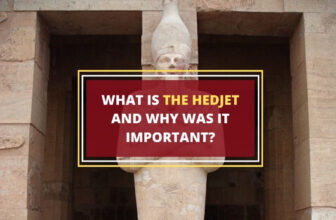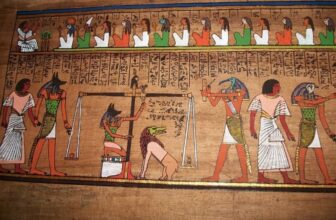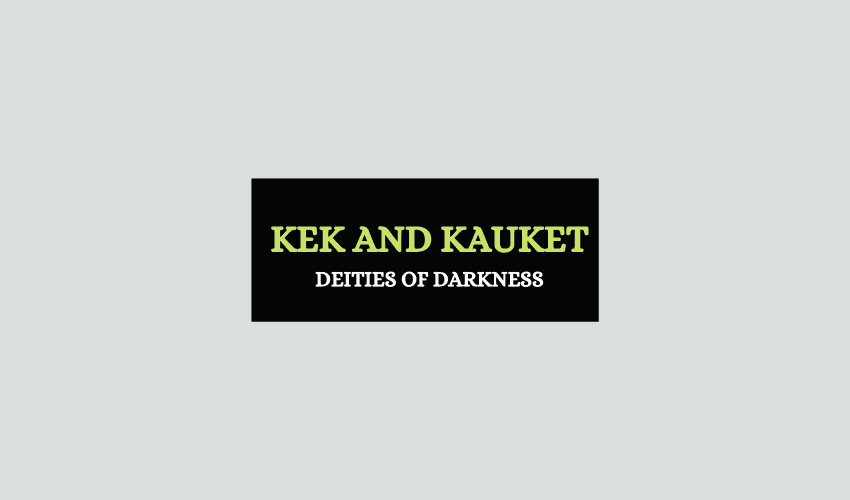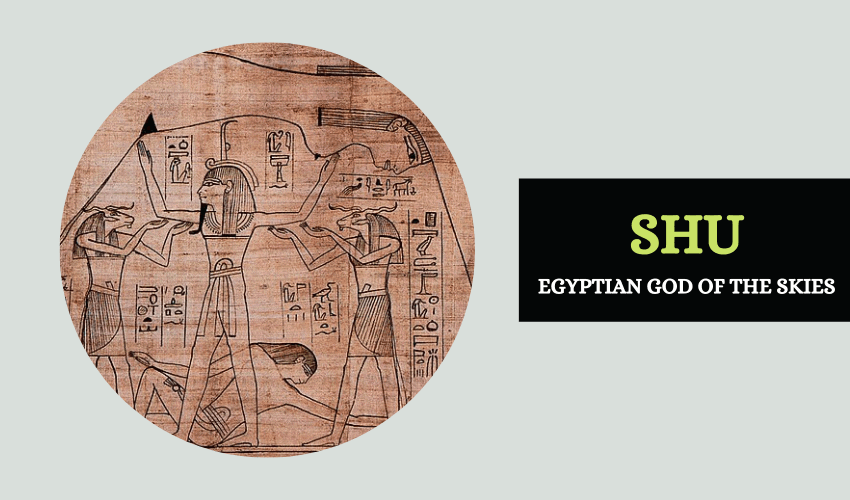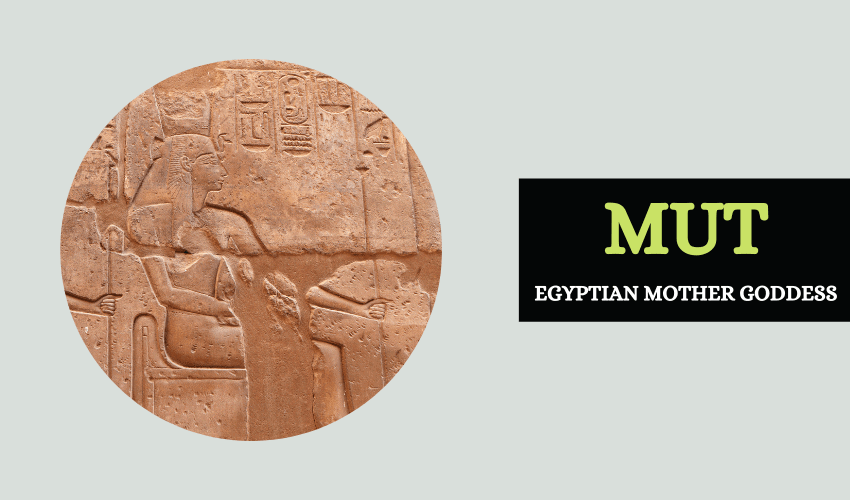
Table of Contents
In Egyptian mythology, Mut (also known as Maut or Mout) was a mother goddess and one of the most worshipped deities across Egypt. She was a versatile goddess who absorbed many attributes and characteristics of earlier deities. Mut was famed across Egypt, and she was honored by kings and peasants alike.
Let’s take a closer look at Mut and her role in Egyptian mythology.
Origins of the Goddess Mut
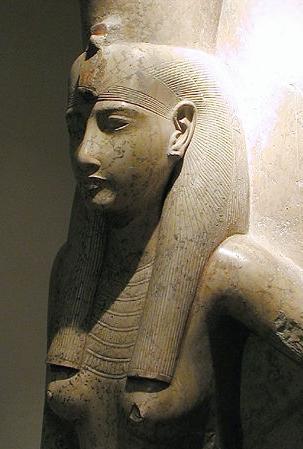
According to one myth, Mut was a creator deity born from the primordial waters of Nu. Other myths say that she was the companion of the creator god Amun-Ra, and together, they created all living beings on earth. Mut was generally seen as the mother of everything in the world, and especially of the king, making her the ultimate mother goddess.
Mut and Amun-Ra had a child called Khonsu, the Egyptian deity of the moon. The three deities were worshiped as the Theban Triad. Mut rose to fame during the late Middle Kingdom when she replaced Amaunet and Wosret as Amun- Ra’s consort.
Mut’s rise was closely linked to that of her husband. When Amun became the main god during the New Kingdom, Mut became the mother and queen of gods. When Amun became conflated with Ra as Amun-Ra, Mut became even more important and was sometimes given the role of the Eye of Ra, which has also been connected to several other goddesses, including Sekhmet, Bast, Tefnut and Hathor.
Mut and Other Goddesses
Mut has been linked to several other goddesses, such as Bastet, Isis and Sekhmet. This resulted in composite deities (much like Amun-Ra) who demonstrated characteristics of the different goddesses. Here are some of the popular composite deities involving Mut:
- Bast-Mut
- Bast-Mut-Sekhmet
- Mut-Isis-Nekhbet
- Sekhmet-Bast-Ra
- Mut-Wadjet-Bast
Each of these composite deities had different features and roles and were amalgamations of the different deities.
Characteristics of Mut
In Egyptian art and paintings, Mut was depicted with the double crown that reflected her power and authority over all of Egypt. Mut was also typically depicted with a vulture headdress to highlight her maternal characteristics. In her human form, Mut was predominantly depicted with a red or blue gown, and she held an ankh and a was scepter in her hands.
Mut has also been portrayed as a cobra, lioness, cat, or cow. However, her most prominent symbol is the vulture. The Egyptians believed the vulture to have excellent maternal characteristics, which they associated with Mut. In fact, the word for mother (Mut) is also the word for vulture.
Since at least the New Kingdom, the primary religious association of Mut was with the lioness. She was regarded as the southern counterpart of Sekhmet, the northern Lioness, and as such she was sometimes associated with the ‘Eye of Ra’.
Mut as the Mother Goddess
Egyptian kings and queens adapted Mut as their symbolic mother, to legitimize their kingship and rule. Hatshepsut, the second female pharaoh of Egypt, claimed to be a direct descendant of Mut. She also contributed to the construction of Mut’s temple and offered it much of her wealth and belongings. Hatshepsut started the tradition of depicting Mut with the crown of unified Egypt.
Mut as the Protector of Thebes
As mentioned above, Mut, Amun-Ra, and Khonsu were worshipped together as the Theban Triad. The three deities were the patron gods of Thebes, and they provided the people with protection and guidance. The Theban Triad brought wealth and prosperity to Thebes, by preventing ill-omens and disease.
The Temple of Mut In Karnak
In Egypt, the area of Karnak had one of the biggest temples dedicated to Mut. It was believed that the soul of the goddess was embedded with the temple idol. Both the pharaoh and priestesses conducted rituals in the temple of Mut, many of which were performed daily during the 18th dynasty. A series of festivals were carried out in the Mut temple at Karnak, including the ‘Festival of the Navigation of Mut’ which was held in a lake named Isheru to the south of the temple complex. The administration of the temple was closely connected to the Egyptian royal family.
There was a decline in the worship of Mut during the reign of king Akhenaten. Akhenaten closed down all other temples and established Aten as a monotheistic god. However, Akhenaten’s attempts proved to be a failure, and his son, Tutankhamun opened up the temples to re-establish the worship of other deities.
Symbolic Meanings of Mut
In Egyptian mythology, Mut was a symbol of the mythological mother. Several kings and queens claimed to be her descendants to secure their right to rule. As a mother goddess, Mut represented protection, nurturing, care, and loyalty.
Mut guarded over the city of Thebes, along with Amun-Ra and Khonsu. Together with her husband and child, Mut symbolized guardianship and protection from enemies for the Thebans.
Facts About Mut Goddess
Mut was the mother goddess and was widely worshipped in ancient Egypt. Her name is the ancient Egyptian word for mother.
Mut’s consort was Amun, who later evolved into the composite deity Amun-Ra.
Mut’s main symbol is the vulture, but she’s also associated with the uraeus, lionesses, cats and cows. These symbols are a result of her conflation with other goddesses.
Mut’s major cult center was in Thebes, where she, along with her husband Amun-Ra and her son Khonsu made up the Theban Triad.
Mut’s siblings are said to be Sekhmet, Hathor, Ma’at and Bastet.
Mut is often shown with vulture wings, wearing the famed crown of the united symbols of Upper and Lower Egypt, a red or blue dress and a feather of Ma’at, goddess of truth, balance and harmony, depicted at her feet.
In Brief
Mut was an important deity in Egyptian mythology, and she was popular both amongst the royal family and the commoners. Mut was a result of earlier Egyptian goddesses, and her legacy continued to grow.




